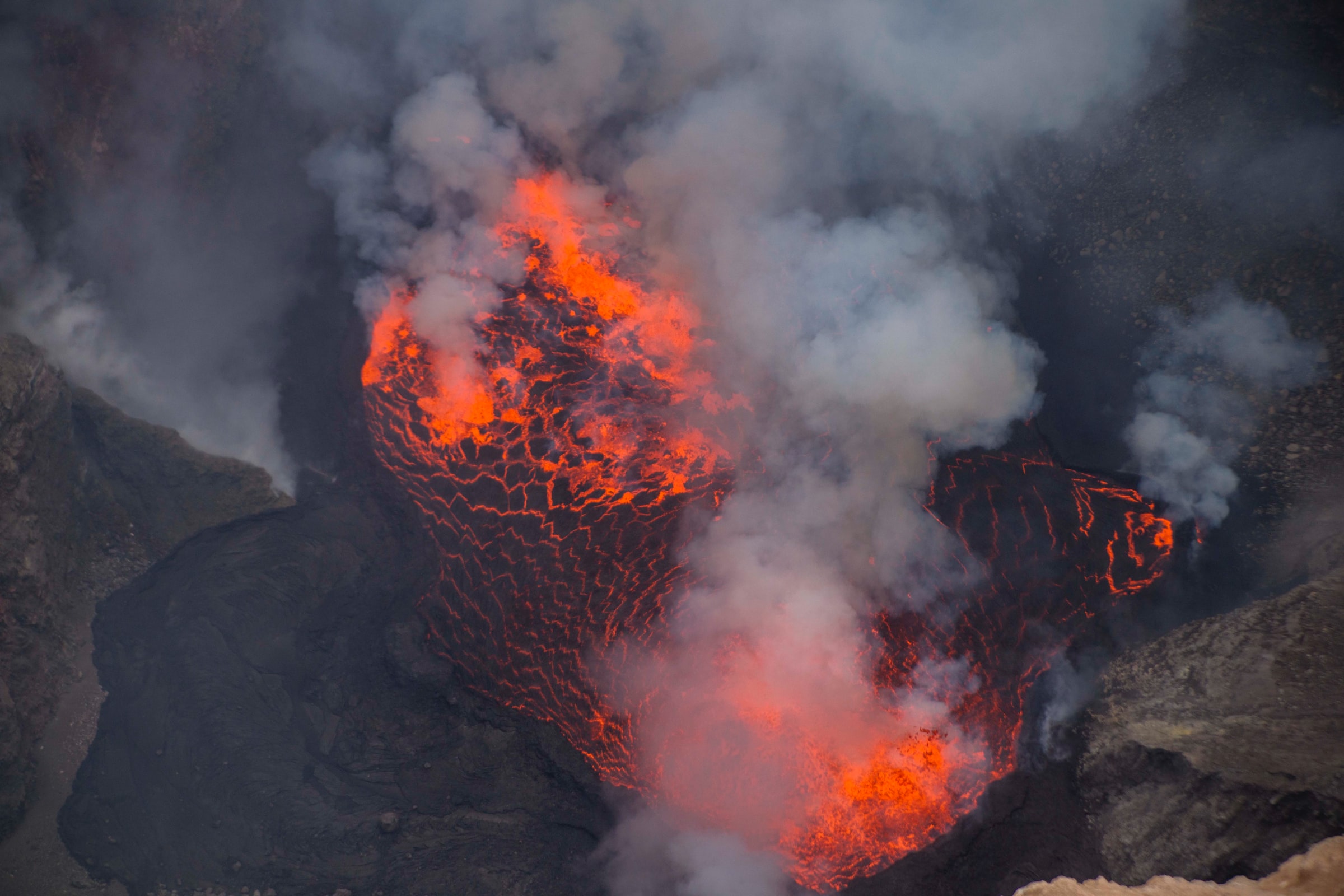BACKGROUND
An estimated third of the world’s known mineral-resource reserves are in Africa. The mining industry includes both large- and small-scale operations. Artisanal mining refers to mining with minimal technology and generally without formal organization, largely involving women, the vulnerable and the poorest and most vulnerable populations, and often in conflict zones in Africa. To get their final mineral of interest, individual artisanal miners perform a range of mining activities such as, digging or excavating, washing, panning and processing the minerals, as well as supporting the labour of others through the provision of goods and services intrinsic to the mining industry.
Artisanal and small-scale mining (ASM) has experienced explosive growth in recent years due to the rising value of mineral prices and the increasing difficulty of earning a living from agriculture and other rural activities. It is estimated that over 240 million Africans could be directly and indirectly involved in the Artisanal and small-scale mining operations today, and this number is projected to grow to 720 million by 2030. This presupposes that the ASM sector requires and demands appropriate strategies and policy attention more now than ever.
Artisanal mining on its own is a very important source of livelihood for many people in low-income countries. In Africa it is the dominant indigenous employer, but the lack of government control and regulation over the artisanal mining sector and the prominence of informal trade networks translates into severe social, political, and economic consequences. The current lack of state control and regulation over the ASM sector throughout Africa allows minerals to be illegally traded with relative ease, and governments lose much needed revenue that could be directed towards social and economic development. In conflict zones, artisanal miners are in danger not simply because they operate amid conflict, but also because of the presence and intent of armed groups wanting to use the minerals as a source of financing for the conflict by trading through informal networks.
Due to their roles in prolonging or renewing conflicts by funding terrorist and criminal networks, conflict resources are a domestic and international security threat. According to a UN panel of Experts on the subject, “Without the wealth generated by the illegal exploitation of natural resources, arms cannot be bought, hence the conflict, which almost always involves grave human rights abuses and large-scale population displacement, cannot be perpetuated”
On the other hand, Africa’s strong economic growth, infrastructure boom, and rapid urbanization are driving the demand for construction materials, dimension stones, industrial minerals, and semi-precious stones. Yet, historically, little attention has been given to the exploitation of low value or development minerals and the millions of ASM workers involved in their extraction. As a result, many low-value mineral policies are poorly designed or implemented, while miners lack access to the rights, financial services, market information, and technology they need. Further, most jurisdictions do not have specific legal regimes for development minerals and as a result, pollution and land degradation resulting from small scale mining have also not been addressed.
Trade unions in Africa are calling for artisanal and small-scale mining (ASM) to be formalized as a way of transforming the sector. Many countries are already implementing measures to empower ASM miners. Nonetheless, the overarching question is, “how do we ensure continent-wide best practice in this direction”?
The Africa Mining Vision (AMV), for example, was formally endorsed in 2009 by the African Union (AU) Heads of State and Government to promote equitable, broad-based development through the prudent utilization of the continent’s natural wealth. Fortunately, the AMV recognizes the contribution of artisanal and small-scale mining (ASM) to local economic development, and it also promotes women’s rights and gender justice. However, eleven years after its adoption by AU Heads of State and Governments, implementation has been slow and there is an extremely low level of awareness of the framework among key stakeholders in the mineral sector. Africa’s leaders, citizens and the private sector must act now to ensure that the goals of the AMV are realized, because it is a transformative policy that can drive sustainable development on the continent. The AMV also has the propensity to provide value in the ASM supply chain in the long run.
CONTEXT
ASM as a perception, is generally pursued as a route out of poverty or as an activity to complement insufficient income, especially in communities where alternative employment is hard to come by. ASM miners face very similar challenges across the continent, but the industry is at the same time a very diverse one with cross border implications for the African continent. However, its main challenges vary from region to region, and often from site to site. While access to finance and access to explored demarcated mineralized zones are the major concerns to the ASM operators, governments and regulatory agencies on the other hand have the inability to formalize them as their primary concern and challenge.
The good news is, globally ASM is an important and significant source of minerals and metals. It accounts for about 30 percent of the global gold supply, 80 percent of the global sapphire supply and 20 percent of the global diamond supply. ASM is also a major producer of minerals indispensable for manufacturing popular electronic products, such as laptops and phones. For example, 26 per cent of global tantalum production and 25 percent of tin comes from ASM. Consequently, corporate institutions are recognizing the important role ASM in general plays especially in the critical mineral supply chain. Glencore and Tesla for example, have added their support to the Fair Cobalt Alliance to improve artisanal and small-scale mining operations in the Democratic Republic of Congo.
Additionally, millions of ASMs in the development minerals subsector are contributing immensely to the social and economic structural development of African economies. According to Prof Daniel Franks “The total number of gold that has been mined and produced by humans in all of human history would fit into just 3 Olympic size swimming pools. When you contrast that with sand aggregate that is produced annually, this would not fit in 10 million Olympic size swimming pools. In total, metals make up just 2.8% of global commodity production. Compare this to the construction industrial materials that make up almost 84% of global commodity production – it is a huge discrepancy there” [Daniel Franks speaking at the MADI Inaugural Conference].
Despite the importance of artisanal and small-scale mining in the development of Africa, the ASM sub-sector both in high value as well as in development minerals faces several challenges which prevent it from reaching its full developmental potential. These include: inadequate policy and regulatory frameworks; the limited technical capacity of miners; lack of access to finance and appropriate technologies; and, regrettably, widespread employment of under-age child workers, incidences of trade in conflict minerals as well as pollution and land degradation that is detrimental to environment and a huge contributor to climate change issues. These challenges generally lock small-scale miners into a cycle of subsistence operations with significant negative consequences for the environment and for human life.
A number of studies and empirical evidence have shown that there is a dire need to create a mineral resource sector that harnesses the potential of a viable and sustainable artisanal and small-scale mining that contributes to inclusive growth and development and sustainable socio-economic development.
In this regards, there is work in progress in developing frameworks and strategies to formalize, regularize and mainstream ASM, across the board, into broad stream socio- economic activities specifically developing policies, laws, regulations, standards and codes to promote a viable and sustainable ASM sector; putting in place programmes to upgrade knowledge, skills and technologies in the ASM sector; including but not limited to: promoting local service providers in the sub-sector; models for partnership with government and large-scale mines to facilitate access to technology, skills, knowledge and markets; financing and marketing programmes appropriate to the ASM subsector and improved health, safety, environment and gender in the ASM. However, these need to be domesticated and implemented.




